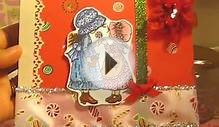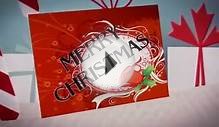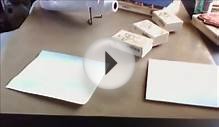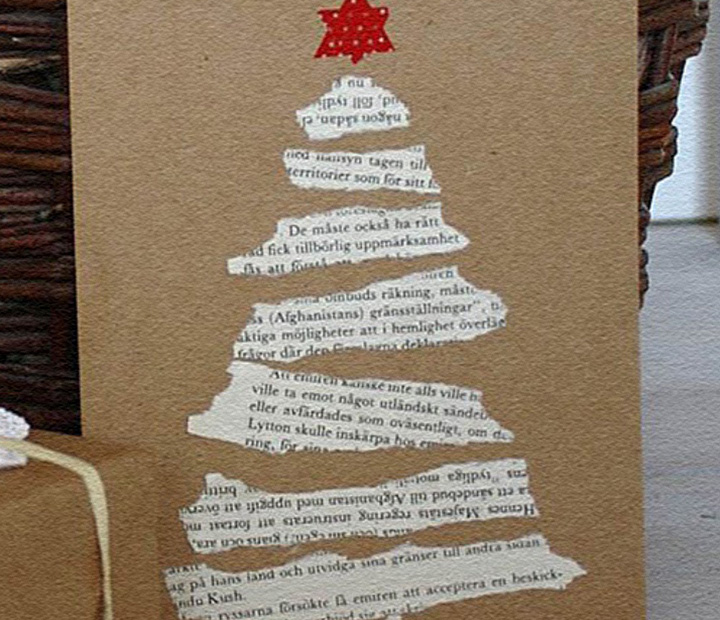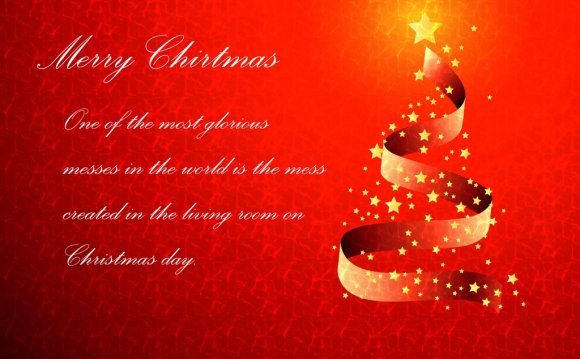
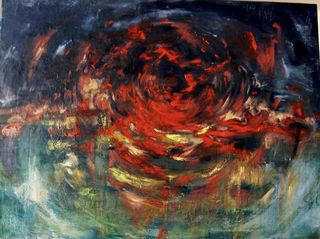 Source: by Laura Weis with permission
Source: by Laura Weis with permission
Is the Christmas card doomed? Are they pointless, carbon-expensive, anti-green survivors from another age? Fifty years ago they were a quiet middle class obsession. Then charities realised their potential. And businesses climbed on board. They became an art-form, a publicity device and a personal value statement.
They are still sent in their millions through the creaking postal system, though many now are resorting to the clever email card or the donation to charity in lieu of a card. Or worse, the annual “catch-up” letter boasting of numerous successes.
But are they finished; at least in card form? Paradoxically it may be the Christmas card has changed into the electronic card-and-message and become more, rather than less popular. However there is still a fascinating iconography of the cards. What images to choose; what to say? This is impression management at its most subtle
In printed form the two great trends of the last decade were to the Charity Card and the . The key message of charity cards is that “I/we know really know what Christmas is all about” and “I/we want to be identified with this particular good cause”. Nearly all businesses now carry a charity sponsored logo: they want to be seen as a good corporate citizen. The message is the “true meaning of Christmas: caring, sharing, ethical, fair-trade, fair-minded.
The Green Card was smaller, less ostentatious in its gold ink and boldly stating “made from re-cycled paper” or “from sustainable forests”. It may even be re-usable. The Green card may feature a large-eyed seal, a winsome baby elephant, a whale leaping out of the sea, or some similar type of endangered species. The greeting inside will often be written in several languages, none of which the recipient is likely to understand. The intention is to emphasise the sender's deep concern with the environment. Religion has to take a minor role even though it maybe God’s creation we are trying to preserve.
But real greenies have given up on cards, even electronic ones. They tell you by simple email they have contributed to the digging of a well in Northern Uganda instead of sending cards this year. Get the message?
There are still many other types of cards available. Hidden messages that are contained in the varied iconography: messages about the values, personality and self-concept of the sender, as well as the receiver. They say “this is my idea of a good design” or “I have a sense of humour” or “I am religious” or “I identify with this institution”.
A person choosing to send a home-made card may be showing that they have the time to spend preparing each card by hand. They may be showing off their artistic ability (or lack of it) in an acceptable self-advertisement. They might be showing how much they care by personalising every card with an especially appropriate (even poetic) message just for you.
By contrast, a privately printed card speaks of money and wealth, being usually very expensive. It may indicate to the receiver how busy the sender is on other important (money-making?) matters - too busy in fact to bother wasting hours signing cards. These cards, like personalised car number-plates, are often unique to the particular sender. Rarer now than they used to be….so much clearer the message
There is another variant of the printed card - the photograph card. These may be family shots, a picture of the new house, or pictures from abroad, all calculated to announce in pictures an important fact, such as an addition to the family, where we spent our summer holiday, or where our house is. They are idealised Disney-like happy family hype that may be a little economical with the truth.
Some organisations still print the institutional card. These usually sober cards may simply have a crest or an outline of the more attractive buildings of the institution on the outside, and a simple, restricted goodwill message on the inside. Institutions housed in outstandingly ugly buildings may have to resort to using a thick covering of snow to hide the fact.
More recently, we have seen the rise of the political card. These cards allow the self-disclosure of social and political beliefs, and are probably likely to be extensively reciprocated among small groups. Maybe these are favoured by “lefties” who see all religion as the opiate of the masses.
RELATED VIDEO
